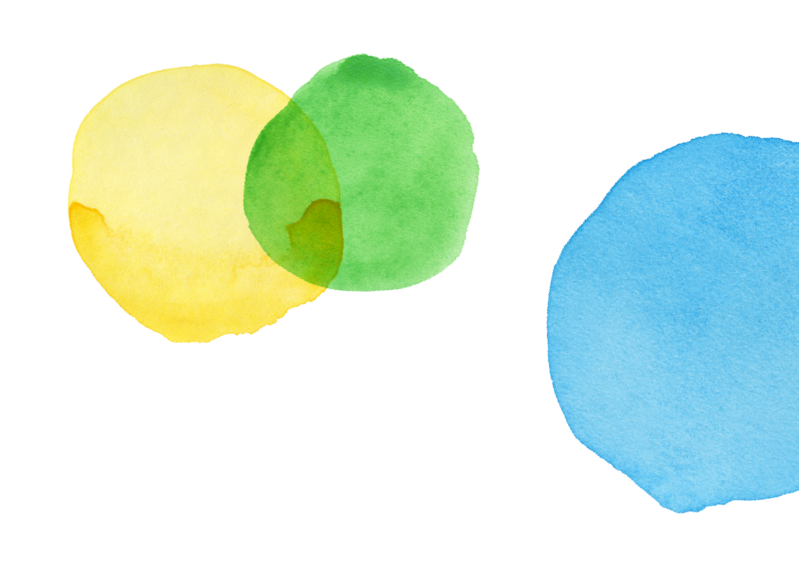Grade 3 - Claim 1 - Target 12

 Back to Results
Back to ResultsEnglish Language Arts
Target 12
Analysis Within or Across Texts
Sample Item
Grade 3Test
Claim 1
Reading
Standards
RI-1
Ask and answer questions to demonstrate understanding of a text, referring explicitly to the text as the basis for the answers.
RI-3
Describe the relationship between a series of historical events, scientific ideas or concepts, or steps in technical procedures in a text, using language that pertains to time, sequence, and cause/effect.
RI-6
Distinguish their own point of view from that of the author of a text.
Clarifications
Item will focus on the analysis of information or author’s point of view within one text or between two texts. All items should require students to cite specific textual evidence to support conclusions drawn from...
Range Achievement Level Descriptors
Evidence Required
1
The student will describe information (e.g., events, ideas, concepts, procedures, sequence or cause/effect) within a text.
2
The student will distinguish the author’s point of view within a text.
3
The student will describe information (e.g., events, ideas, concepts, procedures, sequence or cause/effect) across two texts.
4
The student will distinguish the author’s point of view across two texts.
Item Guidelines

Depth of Knowledge
R-DOK3
Deep knowledge becomes more of a focus at Level 3. Students are encouraged to go beyond the text; however, they are still required to show understanding of the ideas in the text. Students may be encouraged to explain, generalize, or...
R-DOK4
Higher order thinking is central and knowledge is deep at Level 4. The standard or assessment item at this level will probably be an extended activity, with extended time provided. The extended time period is not a distinguishing factor if...
Allowable Item Types
- Multiple Choice, single correct response
- Multi-Select, multiple correct response
- Evidence-based Select Response, two-part multiple choice response (EBSR);
- Hot Text, select text
Stimuli
Passages
Each text must include explicitly and implicitly stated details that can be used to make comparisons within one text or to other texts. Refer to Smarter Balanced Assessment Consortium: English Language Arts & Literacy Computer Adaptive Test (CAT) and Performance Task...
Dual-Text Stimuli
When a dual-text set contains one literary and one informational text, the informational text (text #1) is the primary focus, and the set of items must include items from the informational stimulus as well as items written across both texts....
Accessibility
Refer to the Smarter Balanced Assessment Consortium: Usability, Accessibility, and Accommodations Guidelines for information on accessibility.


Task Models
Task Model 1

Item Types
Multiple Choice, single correct responseDepth of Knowledge
R-DOK3, R-DOK4
Target Evidence Statement
The student will describe information (e.g., events, ideas, concepts, procedures, sequence or cause/effect) within a text.
The student will distinguish the author’s point of view within a text.
The student will describe information (e.g., events, ideas, concepts, procedures, sequence or cause/effect) across two texts.
The student will distinguish the author’s point of view across two texts.
Task Description
The item stem will pose a question that requires the student to analyze the interaction of information within a text or across two texts OR how information within a text or across two texts...
Appropriate Stems
How does the author’s use of [provide events/ideas/sequence/cause/effect/etc.] add to the building of information in the passage? How do [provide events/ideas/sequence/cause/effect/ etc.] build in the passage? What do(es) [provide events/ideas/sequence/cause/effect/etc.] show about [the development/provide idea/content]? How do(es)...
Appropriate Stems for Dual-Stimuli
Which sentence best describes how [provide events/ideas/sequence/cause/effect/etc.] is [similar/different] in both passages? Read the [sentence/paragraph] from [title text #2]. [excerpt from text] How does that information help the reader understand [provide events/ideas/sequence/cause/effect/etc.] in [title text #1]? How do...
Scoring Rules
Correct response: 1 point; Incorrect response: 0 points

